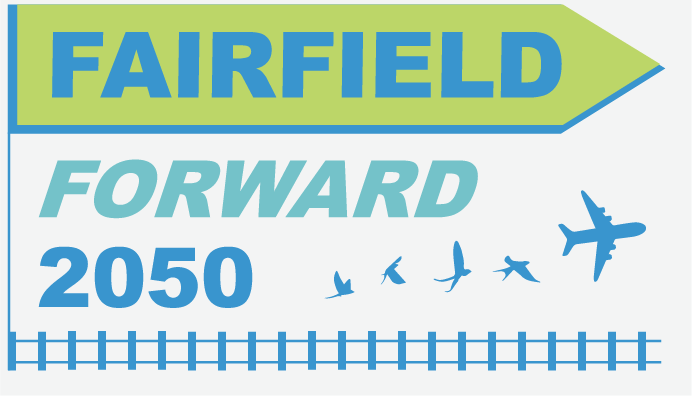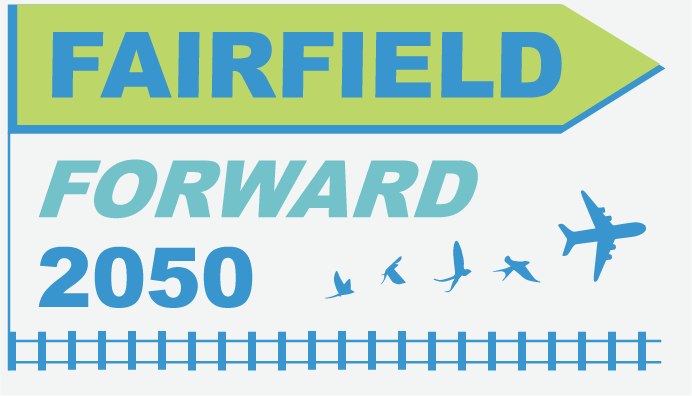
Frequently Asked Questions (FAQs)
+ What is the General Plan?
The General Plan is the guide for the future social, physical, and economic development of the city. It is comprised of text, diagrams, and maps to effectively communicate how the document is to be implemented. The plan is a basis for land use decision-making used by policymakers such as the Planning Commission and the City Council. Beyond serving as “the legal underpinning for land use decisions," the Governor's Office of Planning and Research casts the role of the General Plan in a more aspirational light: "It is a vision about how a community will grow, reflecting community priorities and values while shaping the future.”
+ Why is a General Plan required?
State law mandates that each city and county in California adopt a “comprehensive, long-term general plan.” The purpose is to plan for important community issues such as new growth, housing needs, and environmental protection. A general plan is used to project future demand for services such as sewer, water, roadways, parks, and emergency services.
+ What goes into the General Plan?
There are both State-mandated and optional “elements,” or chapters, that go into a general plan. These elements make up the framework for decision-making regarding growth and development in the City. State law requires that a general plan address the following core topics: Land Use, Circulation, Housing, Conservation, Open Space, Noise, Safety, and Environmental Justice. Fairfield’s existing General Plan also contains additional elements that cover topics such as Travis Air Force Base Protection, Economic Development, Agriculture, and Urban Design.
+ Why is the Plan being updated?
Fairfield’s existing General Plan was adopted in 2002 and was comprehensively revised several years before that, and now needs to be comprehensively reexamined to ensure that it reflects the city’s goals and priorities for the next 30 years. Some of Fairfield’s priorities have changed, and new opportunities and challenges have arisen. A comprehensive update to the General Plan will enable the community to proactively and opportunistically guide the city through another 30-year cycle of growth, change, and public and private investment.
+ Why does the Housing Element have its own process?
The Housing Element is part of Fairfield’s General Plan that serves as a blueprint for housing the City’s residents, at all economic levels including low income and households with special needs. The Housing Element has detailed requirements as prescribed by State law – it presents an inventory of sites suitable for residential development in Fairfield; an assessment of financial and programmatic resources; and an analysis of constraints, both governmental and non-governmental, to housing production in Fairfield. This data and systematic analysis provide the basis for policies and actions to meet Fairfield’s housing needs for the future. The foundation for the Housing Element is the Regional Housing Needs Allocation (RHNA), a State-mandated requirement that all California cities provide for their fair share of the regional housing need for all income levels. RHNA “assignments” for each city are determined by the Association of Bay Area Governments (ABAG). As part of the RHNA process, local jurisdictions have the opportunity to form a subregion to conduct an allocation process that parallels — but is separate from — the regional process. Fairfield is part of the Solano County subregion for the 2023-2031 RHNA cycle. Once each subregion receives its share of the total housing need by income, it must meet the same statutory requirements and follow the same steps as the regional allocation process. Final RHNA numbers for Fairfield will be determined at the end of 2021.
+ What is an Environmental Impact Report (EIR)?
An EIR is a detailed analysis of the environmental effects of a plan or development project. The EIR identifies alternatives to the proposed project and presents ways to reduce or avoid environmental damage. Under the California Environmental Quality Act (CEQA), a general plan is considered to be a “project,” and thus requires that an EIR is completed in conjunction with the plan. Community members can provide input at two different phases in the EIR process: in response to the Notice of Preparation (NOP), which declares that an EIR is going to be prepared and asks the public to comment on what the EIR should analyze; and to the Draft EIR itself, when the public is asked to comment on the adequacy of the environmental analysis.
+ How can I get involved?
We are soliciting community participation in all phases of General Plan development. Please visit the Participate page for details on upcoming events or contact us directly with your thoughts or questions.

